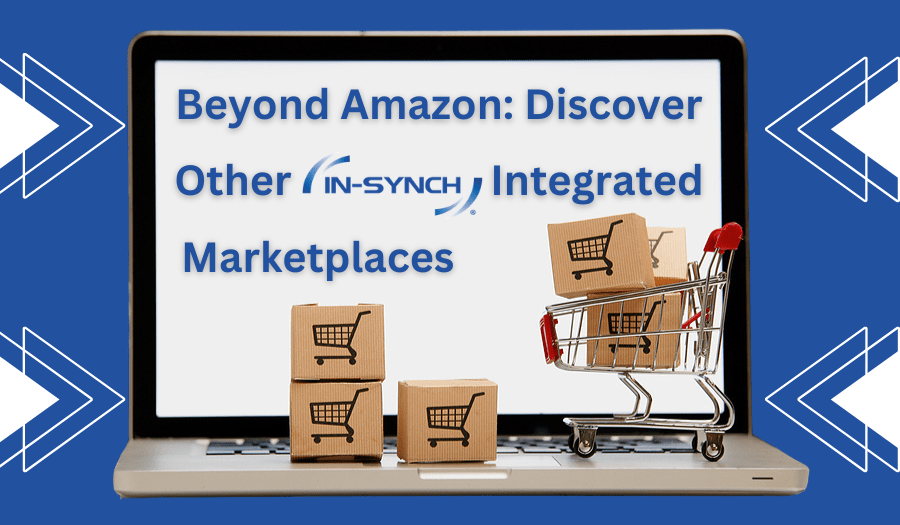By Ruth Richter • July 07, 2016
E-commerce is always changing with new technologies, increasing consumer demands, and better methods of doing business online changing with the speed of light. A decade ago, people couldn’t imagine using their cell phones to bank or shop, yet today, 64 percent of American adults own a smartphone. And 46 percent say that their smartphones are “essential” to their lives.
With this in mind, it’s no wonder that the biggest e-commerce design trends impact mobile users more than anything else. Google’s latest updates give preference to websites that are mobile responsive, or adapt to the technology of the user. E-commerce sites should be designed with mobile in mind for the best user experience and visibility. With Sage e-commerce website integration and these tips, you’ll have a terrific website that builds sales for your business.
These three design trends for e-commerce sites are here to stay, and will help you make a bigger splash in the pool of websites out there vying for your customers’ business. The more you can do to make your site appealing to visitors, the more likely they are to stick around and shop, browse, and buy.
Three e-Commerce Design Trends
- Mobile design: Smaller screens and the subsequently smaller navigation buttons all mean that mobile design demands a different approach than traditional website design. Companies designing or updating their e-commerce sites should implement best practices in mobile design right from the start. Think about faster loading times, hidden menus to save space, and bigger navigation buttons to make it easier to navigate your store on a smaller screen.
- Big pictures: A picture is worth a thousand words and clear, good-quality photographs of your merchandise can help you sell more products online. Larger images and multiple images showing different views of the product all enhance their visual appeal and can help you sell more online. Pictures must also load quickly, so larger file sizes aren’t ideal. Instead, have the image take up most of the screen and let users scroll down to read more about the products.
- Improved shipping information: Customers love shopping online, but not knowing when their products will arrive can lead to frustration. Placing orders and thinking that all is well, only to find that products are out of stock or unavailable, is also frustrating and may lead to customer dissatisfaction. Linking your inventory and accounting data to your e-commerce website can help improve service and sales.
Sage e-Commerce Website Integration
One of the benefits of e-commerce is the amount of data available to help you make marketing and product decisions. The more you know, the better your decisions will be.
Yet too much of something can be almost as bad as having too little of it. Having too much data without the tools to use it can be overwhelming.
That’s where a good e-commerce and accounting platform come into play. Software such as Sage 100 can link to almost any e-commerce platform using IN-SYNCH. These technologies not only help information flow among systems, they can help you use the information more effectively for better e-commerce designs and decision making.
Learn More About IN-SYNCH and Sage e-Commerce Integration
ROI Consulting can help you harness the power of your e-commerce data. Through tools such as IN-SYNCH and Sage 100, we can channel data from your website into your accounting system. Robust data visualization reports can help you gain insights from shopping patterns, item sales, and buyer movements online. Learn more by visiting ROI Consulting or calling us at 402-934-2223 x 1.




